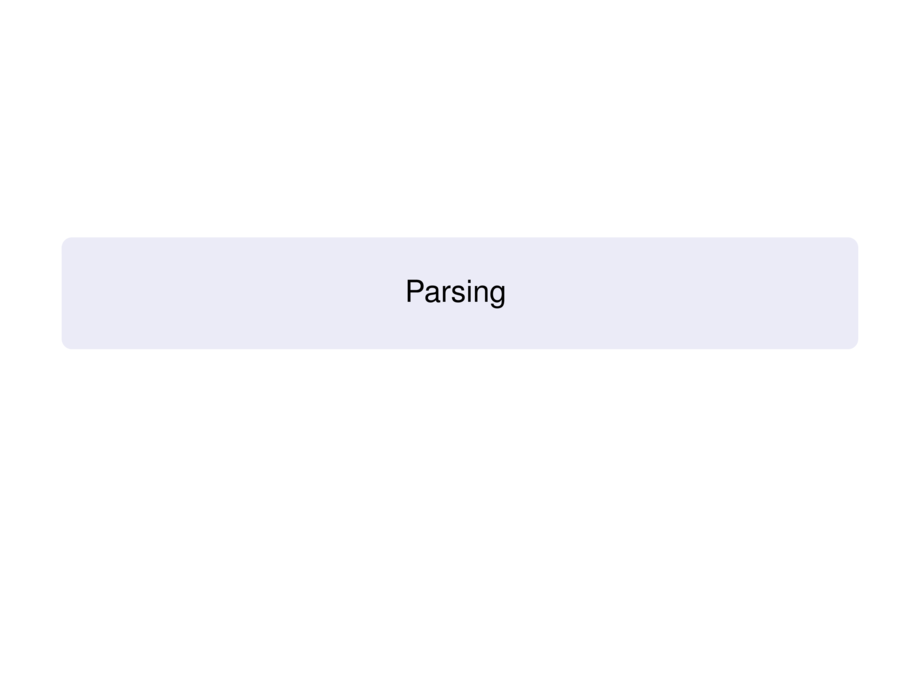



































































































46/49
\begin{frame}{Inherently Ambiguous Languages}
\begin{block}{}
A language $L$ is \emph{inherently ambiguous} if
\begin{itemize}
\item $L$ is context-free, and
\item \emph{every} grammar $G$ with $L(G) = L$ is ambiguous.
\end{itemize}
\end{block}
\pause
\begin{exampleblock}{}
The following context-free language is inherently ambiguous
\begin{talign}
\{ \; a^n b^m c^\ell \; | \; n=m \; \vee \; m=\ell \; \}
\end{talign}
It is generated by the following (ambiguous) grammar
\begin{talign}
S &\to A \; | \; B
& A &\to Ac \; | \; C
& B &\to aB \; | \; D \\
&& C &\to aCb \; | \; \lambda
& D &\to bDc \; | \; \lambda
\end{talign}
\end{exampleblock}
\pause\smallskip
\begin{exampleblock}{Exercise}
Find two derivation trees for the word $abc$.
\end{exampleblock}
% \visible<2>{
% Twee afleidingsbomen voor $abc$ zijn:
% \[
% \begin{array}{rccclrcccl}
% & & S & & & & & S \\
% & & \downarrow & & & & & \downarrow \\
% & & A & & & & & B \\
% & & \downarrow & \searrow & & & \swarrow & \downarrow \\
% & & A & & c \hspace*{2cm} & a & & B \\
% & & \downarrow & & & & & \downarrow \\
% & & C & & & & & D \\
% & \swarrow & \downarrow & \searrow & & & \swarrow & \downarrow & \searrow \\
% a & & C & & b & b & & D & & c \\
% & & \downarrow & & & & & \downarrow \\
% & & \lambda & & & & & \lambda
% \end{array}
% \]
% }
\end{frame}
\themex{Parsing}

